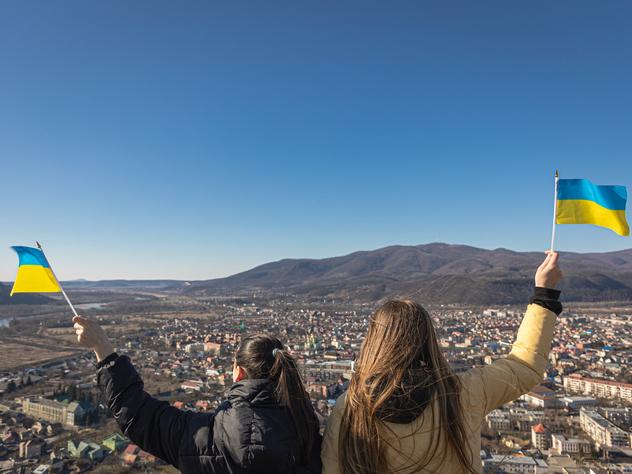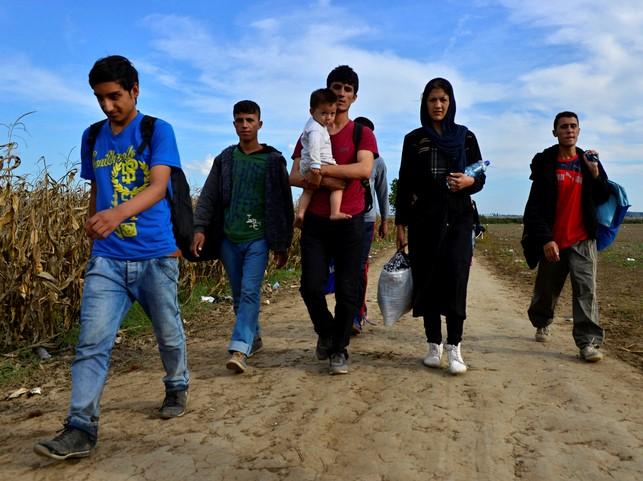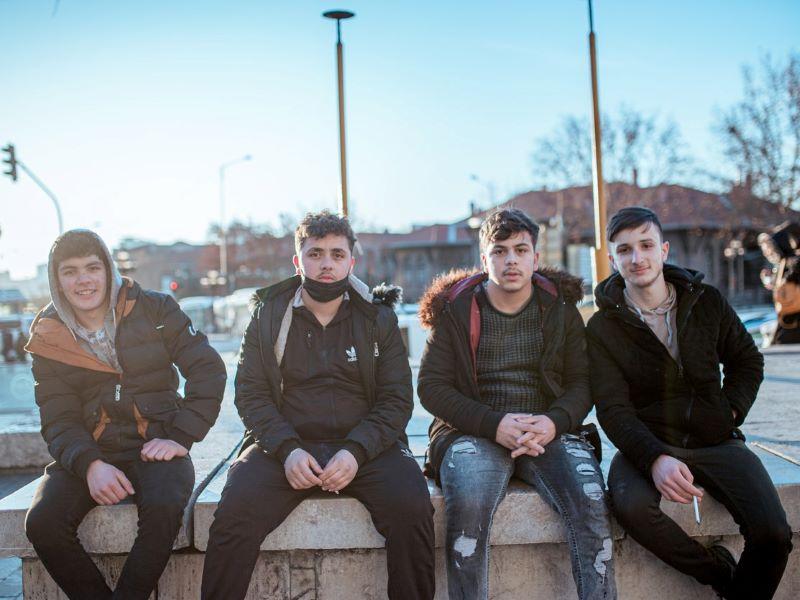Fewer than 1 per cent of all refugees are ever resettled to a safe third country, although resettlement is a principal tool for international protection and solutions. An additional way for refugees to access durable solutions in third countries is complementary education pathways. These are safe and regulated avenues that allow refugees to move to a third country to undertake higher education, find protection and have means to support themselves.
Traditionally, the UNHCR’s work to secure protection and solutions for refugees has revolved around three long-standing, durable solutions: local integration, voluntary repatriation and resettlement. In recognising the importance of access to higher education as part of a comprehensive refugee response, the UNHCR and partners aim to achieve enrolment of 15 per cent of young refugee women and men in higher education by 2030. At the tertiary level, a mere 5 per cent of refugee youth had any access to higher education in 2019, compared with 40 per cent of youth globally. Refugee Education 2030: A Strategy for Refugee Inclusion emphasises that higher education is critical to achieving self-reliance as a link to decent work and a sustainable future. Furthermore, higher education can play a pivotal role in eliminating poverty and advancing peace and justice. Sustainable Development Goal 4 promotes inclusive, quality and equitable education for all learners, including tertiary education for people in conflict, crisis and displacement.
- Education for humanity: designing learner-centric solutions for refugee students
- Increasing access to higher education for refugees through digital learning
- Practical ways to develop a comprehensive university ‘sanctuary’ programme
How do complementary education pathway programmes work?
Complementary education pathways programmes almost always involve several coordinating partners – such as states, civil society or community organisations, academic and faith-based partners – and may or may not include the UNHCR. Each complementary education pathway programme reflects the unique combination of interests and advantages of the partners involved. For example, where there is a strong state partner or driver, the legal status questions – including visa, entry and durable stay – may be resolved early on. Where NGO or academic partners are driving the process, the housing, academic and integration support aspects may be most fully formed.
Challenges to complementary pathway programmes
As the move to establish complementary pathways has gained modest momentum, one of the main challenges has been to see durable status included as part of the programme entitlement. To do this, an education pathway must anticipate refugee students’ need to transition from study to work, to onward study or to a different legal status that allows them to remain in the third country and to eliminate the risk of refoulement.
Another core tenet of complementary education pathways is that they should employ non-discriminatory, objective and transparent selection criteria. Nonetheless, some education pathways employ limitations on eligibility connected to country of origin or other status. To be truly accessible, programmes should provide the full cost of participation from pre-departure and travel to tuition, living allowance and health care, for example.
Due in part to the novelty of third-country education opportunities for refugees, and in part to complexity inherent to cross-border travel by refugees for the purpose of accessing higher education, challenges associated with operationalising complementary education pathways include:
- immigration and visa processes
- limited financial means
- lack of proof of prior learning or qualifications to satisfy application requirements
- language barriers
- high testing fees
- complex application procedures
- lack of access to reliable information
These challenges span several areas of expertise – including immigration, integration, academic advising, funding and language acquisition – as do the partners required to execute successful programmes. Programmes in Italy, France, Canada and Japan, for example, provide the proof that appropriate, safe and effective means for refugees to access higher education and solutions in a third country can be achieved when academic institutions, civil society organisations, states and the UNHCR demonstrate effective collaboration and mobilisation.
Global goals, local solutions
UNHCR’s three-year strategy on resettlement and complementary pathways established the goal to admit 800,000 refugees by the end of 2023; and more than 2 million by 2028. Each of these goals is underpinned by a need for new and innovative partnerships, greater responsibility-sharing, and the development of models and initiatives that can be scaled in third countries where international protection can be guaranteed. However, the systems to facilitate access to complementary pathways are less developed and the scale of these opportunities is far more limited than other conventional durable solutions.
In 2020, UNHCR and a range of partners formed the global task force on third-country education pathways. The task force focuses its work on expanding tertiary education opportunities and solidifying the role of education pathways in the global response to forced displacement. In executing its roles, priorities include: the development of minimum standards; advocacy; developing resources to support expansion of pathways; and coordination of a global community of practice.
Although universal access to higher education, devoid of discrimination and exclusion, was declared a basic human right in 1948, it remains a global concern in 2022. Expanding access to higher education for displaced youth means opening the door to knowledge, skills development, professional advancement, sustainable livelihoods, cultural enrichment and social cohesion for thousands of ambitious, talented young people who are today denied that opportunity and associated identity. Universities that choose to offer educational pathways for displaced youth will be identified as the thought leaders of tomorrow. This leadership is needed now, and also in the years to come with the certainty of future mass displacement due to climate change.
Manal Stulgaitis is an expert in refugee higher education and solutions, family reunification and third-country scholarships at UNHCR. Gül İnanç is co-director of the Centre for Asia Pacific Refugee Studies at the University of Auckland, New Zealand, and founder of Opening Universities for Refugees.
If you found this interesting and want advice and insight from academics and university staff delivered direct to your inbox each week, sign up for the THE Campus newsletter.




comment